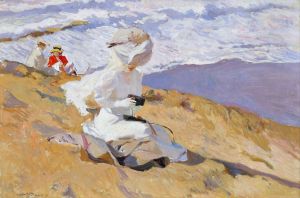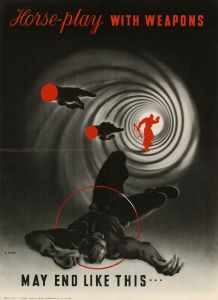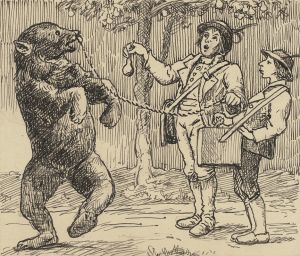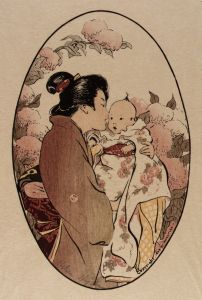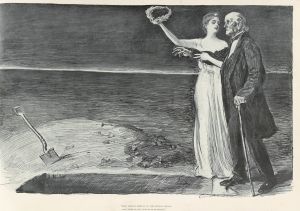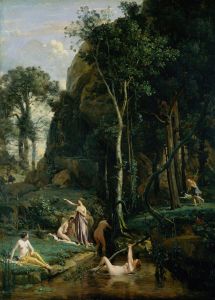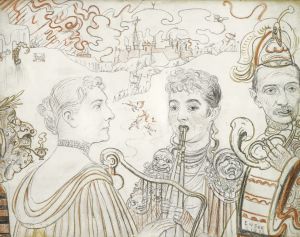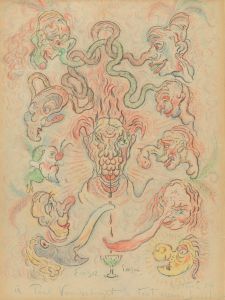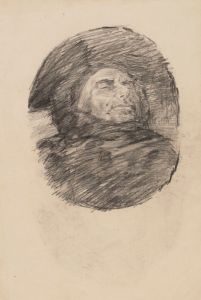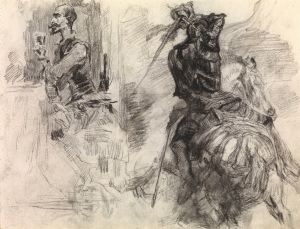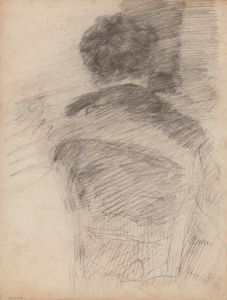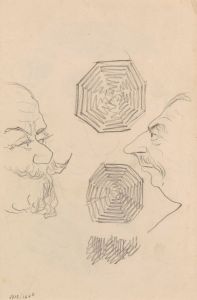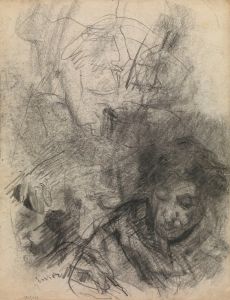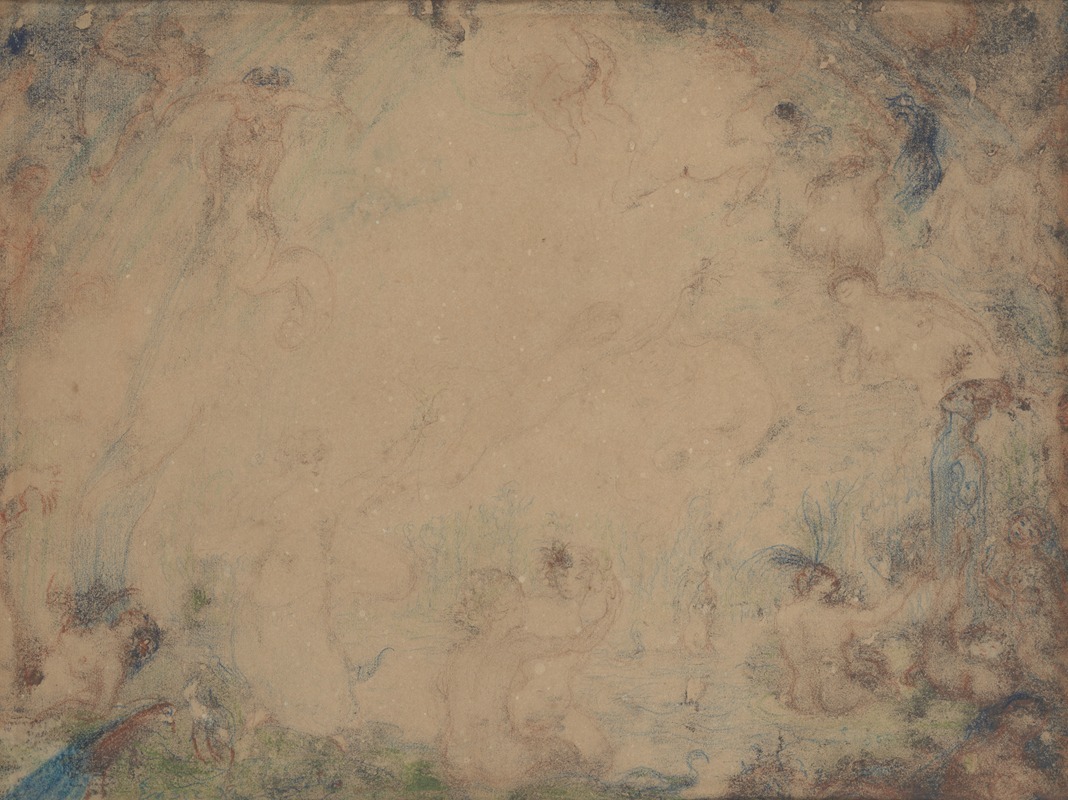
Wenken der nimfen
A hand-painted replica of James Ensor’s masterpiece Wenken der nimfen, meticulously crafted by professional artists to capture the true essence of the original. Each piece is created with museum-quality canvas and rare mineral pigments, carefully painted by experienced artists with delicate brushstrokes and rich, layered colors to perfectly recreate the texture of the original artwork. Unlike machine-printed reproductions, this hand-painted version brings the painting to life, infused with the artist’s emotions and skill in every stroke. Whether for personal collection or home decoration, it instantly elevates the artistic atmosphere of any space.
James Ensor, a prominent Belgian painter and printmaker, is known for his unique and often surreal style that blends elements of symbolism and expressionism. One of his lesser-known works is "Wenken der nimfen," which translates to "The Nymphs' Advice" in English. While there is limited information available specifically about this painting, we can discuss Ensor's general style and thematic interests to provide context.
James Ensor was born in 1860 in Ostend, Belgium, and spent most of his life there. He was a key figure in the Belgian avant-garde movement and was associated with the group Les XX, which was composed of twenty progressive artists who sought to challenge the traditional art norms of their time. Ensor's work is characterized by its vivid use of color, intricate detail, and often fantastical subject matter.
Ensor's paintings frequently explore themes of satire, death, and the grotesque, often featuring masks, skeletons, and carnival imagery. These elements reflect his interest in the absurdities of human existence and the thin line between life and death. His work often conveys a sense of theatricality and drama, drawing the viewer into a world that is both familiar and otherworldly.
"The Nymphs' Advice" likely fits within Ensor's broader oeuvre, which often includes mythological and fantastical elements. Nymphs, in classical mythology, are minor deities associated with nature, often depicted as beautiful maidens inhabiting rivers, woods, or other natural settings. Ensor's use of such mythological figures would be consistent with his interest in blending reality with fantasy.
Ensor's technique is notable for its bold use of color and expressive brushwork. He often employed a vibrant palette, using color to convey emotion and mood rather than to depict reality accurately. This approach aligns with the Symbolist movement, which sought to express the emotional and spiritual experience rather than the physical world.
Throughout his career, Ensor's work was met with mixed reactions. While some contemporaries appreciated his innovative approach, others found his work challenging and difficult to categorize. Despite this, Ensor's influence on modern art is undeniable, and he is considered a precursor to movements such as Expressionism and Surrealism.
In summary, while specific details about "Wenken der nimfen" are scarce, understanding James Ensor's artistic style and thematic interests provides insight into what this painting might encompass. Ensor's fascination with the fantastical, his use of mythological motifs, and his distinctive approach to color and form are likely reflected in this work, as they are in many of his other pieces.





